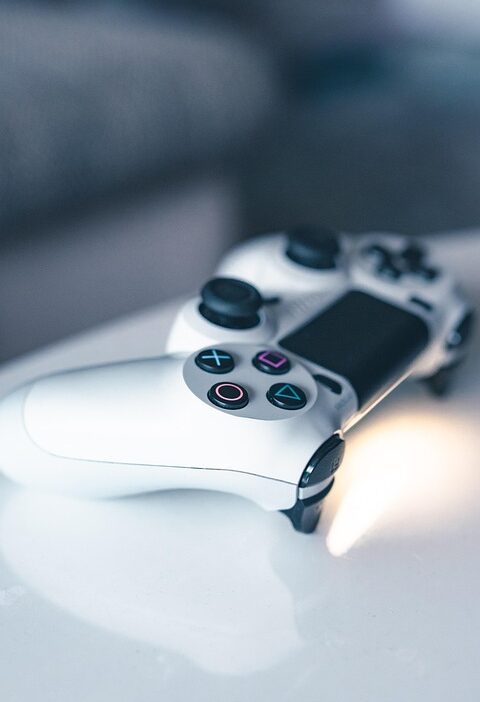Gaming has evolved into a significant part of modern culture, with gamepads serving as essential tools for both casual and competitive gamers. To ensure optimal performance and longevity of your controllers, proper maintenance and care are crucial. This guide will walk you through everything you need to know about keeping your gamepad in top shape, from basic cleaning techniques to troubleshooting common issues.
Why Gamepad Maintenance is Important
Longevity
A well-maintained gamepad can last years, while neglect can lead to wear and tear, ultimately costing you money on replacements.
Performance
Dirt, grime, and sweat can interfere with buttons and analog sticks, leading to sticky or unresponsive controls that can affect gameplay.
Hygiene
Regular cleaning helps to remove bacteria and germs, especially important if multiple users handle the same controller.
Essential Tools for Gamepad Maintenance
- Microfiber Cloth: For gentle cleaning without scratching surfaces.
- Cotton Swabs: Perfect for reaching crevices and cleaning buttons.
- Isopropyl Alcohol (70% or higher): Effective for disinfecting and cleaning.
- Small Phillips Head Screwdriver: Necessary for opening the controller if deep cleaning is required.
- Compressed Air: Useful for removing dust from hard-to-reach areas.
Regular Cleaning Routine
1. Surface Cleaning
- Step 1: Disconnect the gamepad from all devices.
- Step 2: Use a microfiber cloth slightly dampened with isopropyl alcohol to wipe down the entire surface. Avoid excessive moisture.
- Step 3: Use cotton swabs dipped in alcohol to clean around buttons and the analog sticks.
2. Deep Cleaning
If you notice persistent stickiness or dirt buildup, a deep clean may be necessary.
- Step 1: Disassemble the controller using a small Phillips head screwdriver. Carefully remove screws and separate the shell.
- Step 2: Gently clean the internal components with a dry microfiber cloth and cotton swabs.
- Step 3: Dust off electronics using compressed air. Avoid direct contact with circuit boards and sensitive components.
- Step 4: Reassemble the gamepad carefully, ensuring all parts fit snugly.
3. Analog Stick Maintenance
Analog sticks can accumulate dirt and grime, affecting sensitivity.
- Step 1: Use a cotton swab dipped in isopropyl alcohol to clean around the base of the analog stick.
- Step 2: Regularly rotate the sticks to ensure all angles are cleaned.
Troubleshooting Common Issues
1. Sticky Buttons
- A buildup of sweat and grime can cause buttons to stick. Cleaning the affected areas with isopropyl alcohol usually resolves this issue.
2. Drifting Analog Sticks
- If your analog sticks drift even when not in use, it may be a sign that the sensors are dirty. Carefully clean around the base or consult the manufacturer for guidance.
3. Unresponsive Controls
- If buttons or sticks are unresponsive, ensure the controller is charged and properly synced with the device. A deep cleaning may also help.
4. Battery Issues
- Replace or recharge batteries as needed. Avoid overcharging to prolong battery health.
Additional Tips for Gamepad Care
- Storage: When not in use, store your gamepad in a cool, dry place away from direct sunlight. A dedicated case can help prevent dust and accidental damage.
- Avoid Food and Drinks: Keep food and beverages away from your gaming area to minimize spillage risks.
- Use a Mouse Pad: This can help reduce wear on the surfaces of your gamepad when you play on various surfaces.
Conclusion
Proper gamepad maintenance is essential for prolonging the life and performance of your controller. By following this guide, you can ensure your gamepad remains in excellent condition, allowing you to enjoy an uninterrupted gaming experience. Regular cleaning, troubleshooting, and care won’t just save you money— they will also enhance your overall gaming enjoyment. Gaming is a passion, and your gear deserves the best care possible!


